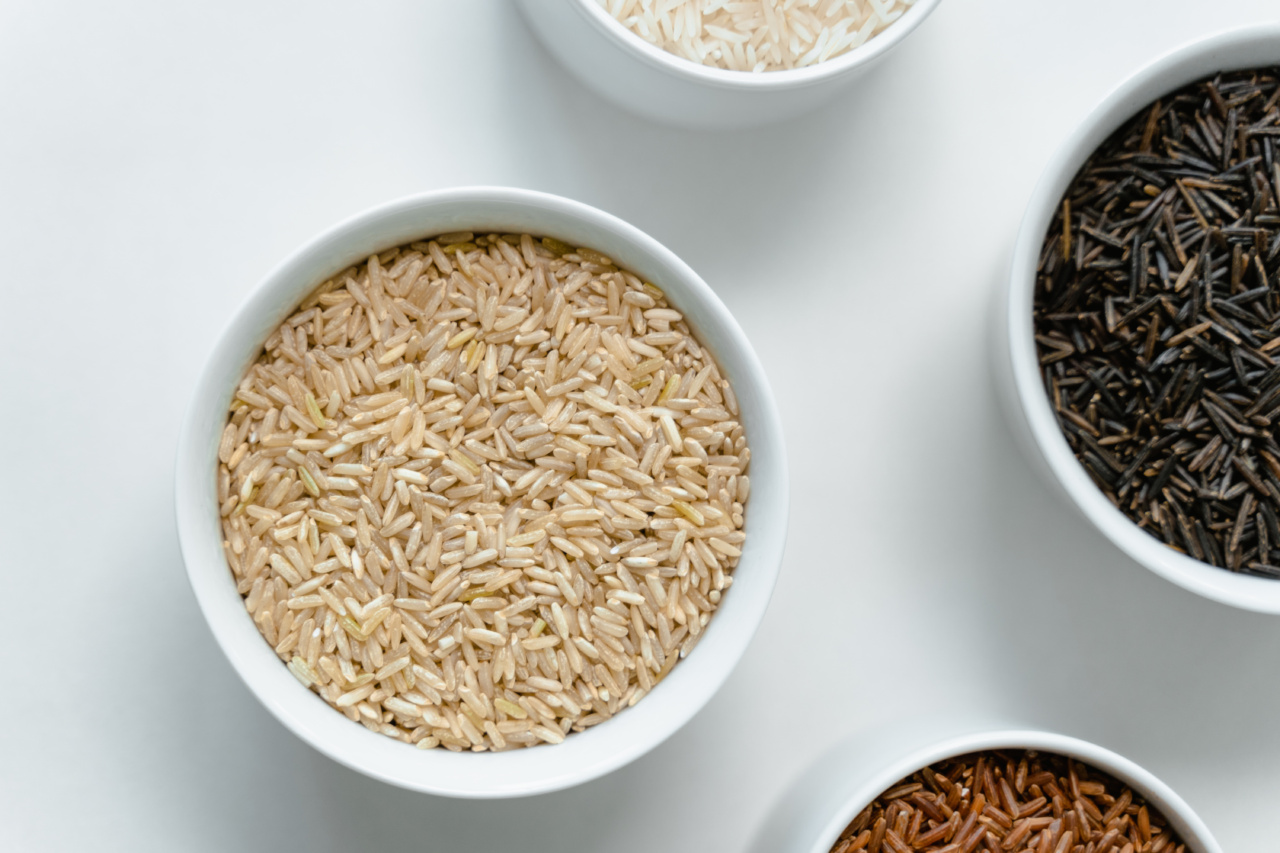Atopic dermatitis, commonly referred to as eczema, is a chronic inflammatory skin condition that affects millions of people worldwide.
Although the exact cause of atopic dermatitis is not fully understood, recent research has shed light on the potential role of dietary factors, including dietary fiber, in its development and management. This article provides an overview of the connection between dietary fiber and atopic dermatitis and explores the potential benefits of a fiber-rich diet in maintaining healthy skin.
Understanding Atopic Dermatitis
Atopic dermatitis is characterized by dry, itchy, and inflamed skin, often accompanied by red rashes or small bumps. It is a complex condition that results from a combination of genetic, environmental, and immune system factors.
People with atopic dermatitis have an impaired skin barrier function, making their skin more susceptible to irritants and allergens.
The Role of Dietary Fiber in Gut Health
Gut health plays a crucial role in maintaining overall well-being, including skin health. One essential component of a healthy gut is dietary fiber.
Dietary fiber refers to the indigestible carbohydrates found in plant-based foods such as fruits, vegetables, whole grains, legumes, and nuts. These fibers are not broken down by the body’s digestive enzymes and instead serve as food for beneficial gut bacteria.
Impact of Dietary Fiber on Atopic Dermatitis
Emerging evidence suggests that a high-fiber diet may have a positive impact on atopic dermatitis. Firstly, dietary fiber promotes the growth of beneficial gut bacteria, which contribute to a diverse and balanced microbial ecosystem in the gut.
A healthy gut microbiome is associated with reduced systemic inflammation and improved immune function, potentially leading to a decrease in the severity and occurrence of atopic dermatitis flare-ups.
Sources of Dietary Fiber
To increase your dietary fiber intake, include a variety of fiber-rich foods in your daily meals. Fruits such as berries, apples, and pears are excellent sources of dietary fiber.
Vegetables like broccoli, carrots, and Brussels sprouts also provide a significant amount of fiber. Additionally, whole grains like oats, quinoa, and brown rice, as well as legumes such as beans and lentils, are great options. Nuts and seeds, including almonds, chia seeds, and flaxseeds, are also packed with dietary fiber.
The Importance of Fiber-Rich Diet for Healthy Skin
A fiber-rich diet is not only beneficial for gut health but also for maintaining healthy skin. By promoting regular bowel movement, dietary fiber helps the body eliminate waste and toxins effectively.
This detoxification process can indirectly improve skin health by reducing the burden on the liver and preventing the accumulation of harmful substances that may contribute to skin inflammation. Furthermore, fiber-rich foods are often nutrient-dense, providing essential vitamins, minerals, and antioxidants that support overall skin health.
Managing and Preventing Atopic Dermatitis with Dietary Fiber
While dietary fiber alone may not be a cure for atopic dermatitis, incorporating a fiber-rich diet can potentially help manage and prevent flare-ups.
Alongside dietary changes, it is essential to adopt a comprehensive approach to skincare, including gentle cleansing, moisturizing, and avoiding triggers or irritants that can aggravate the condition. Consulting with a dermatologist or a registered dietitian can provide personalized guidance and recommendations based on individual needs and specific triggers.
Conclusion
Research exploring the connection between dietary fiber and atopic dermatitis is promising, suggesting that a fiber-rich diet may play a role in maintaining healthy skin and reducing the severity and frequency of flare-ups.
However, further studies are needed to establish the precise mechanisms through which dietary fiber influences atopic dermatitis. By consuming a diverse range of fiber-rich foods and prioritizing gut health, individuals with atopic dermatitis can potentially support their skin’s well-being and overall quality of life.































